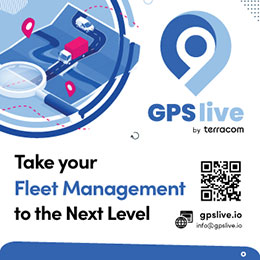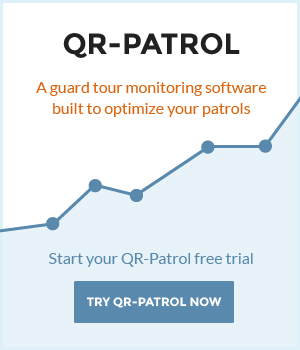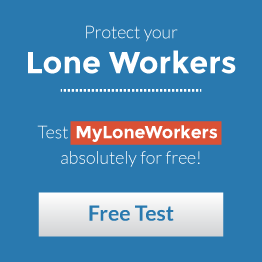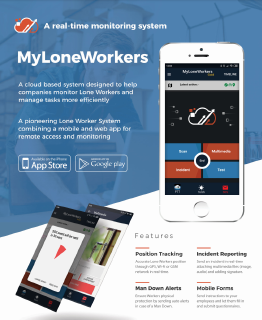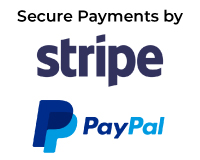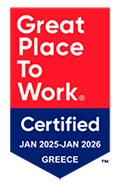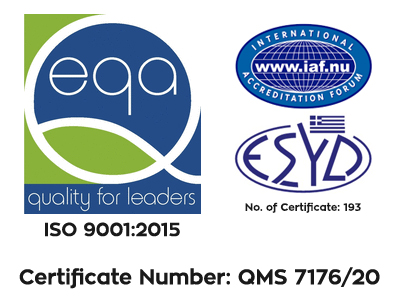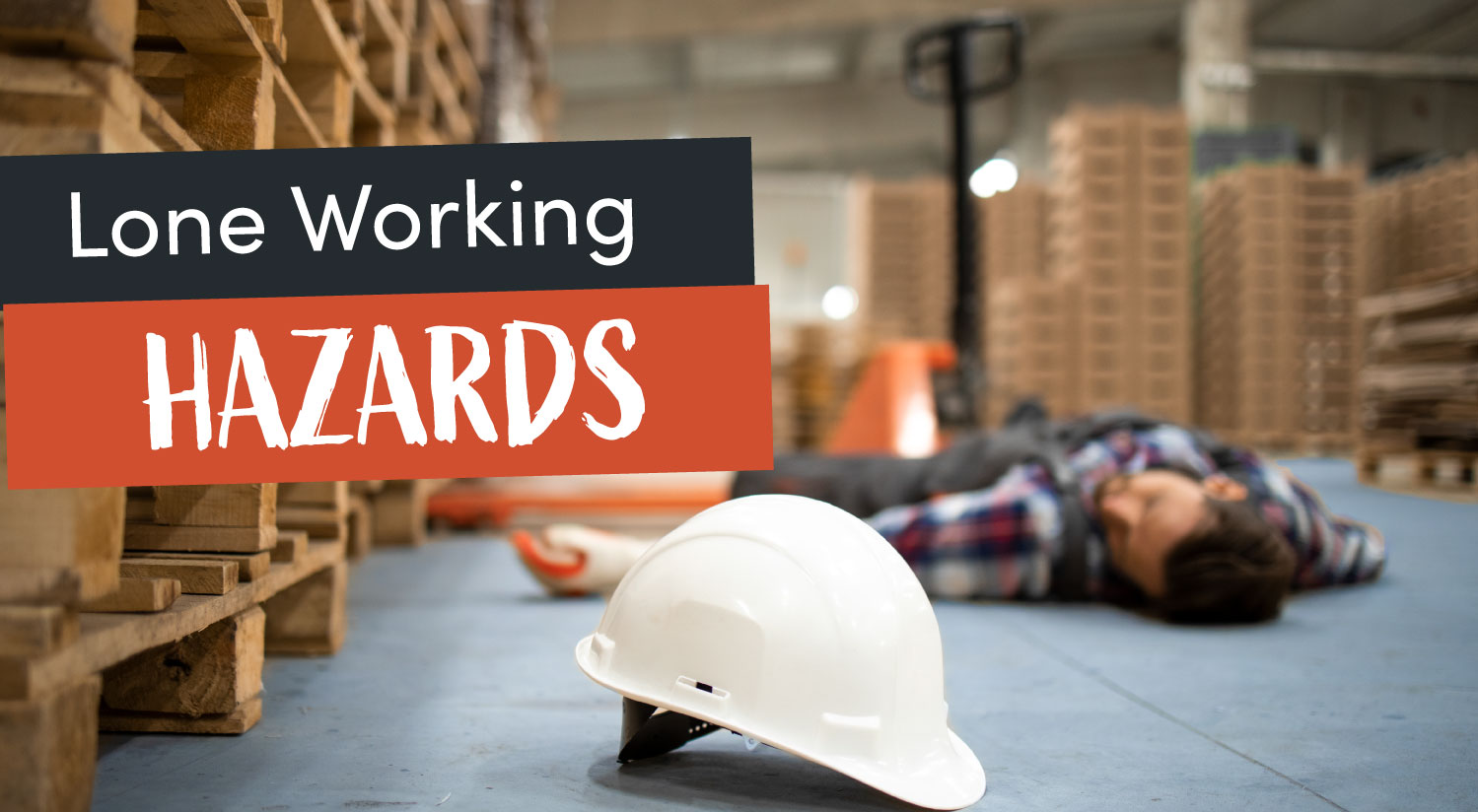
Top Lone Working Hazards and How to Prevent Workplace Accidents
Lone working is becoming increasingly common across various industries, from security and healthcare to construction and remote fieldwork.
However, while working alone offers flexibility and efficiency, it also presents significant risks. Lone working hazards can lead to accidents, injuries, or even life-threatening situations if not managed correctly.
This article will explore the most common lone working hazards and provide actionable strategies to prevent workplace accidents, ensuring the safety and well-being of lone workers.
What Are Lone Working Hazards?
Lone working hazards refer to the potential risks that arise when an employee works without direct supervision or immediate assistance from colleagues. Unlike traditional work environments, lone workers do not have immediate support in case of emergencies, making them more vulnerable to certain dangers.
Common Lone Working Hazards
- 1 Medical Emergencies
A lone worker may suffer from a medical emergency such as a heart attack, stroke, or sudden illness. Without someone nearby to provide immediate assistance, the situation can quickly escalate into a serious health crisis.
Ways to Prevent:
- A Conduct health assessments before assigning employees to lone work.
- B Equip workers with emergency response devices or panic alarms.
- C Implement regular check-ins via phone or app-based monitoring systems.
- 2 Workplace Injuries
Slips, trips, falls, and equipment-related accidents are common workplace hazards. Lone workers may struggle to call for help if they are injured and unable to move.
Ways to Prevent:
- A Provide proper safety training and risk assessments.
- B Ensure lone workers wear appropriate PPE (Personal Protective Equipment).
- C Install automated alert systems that detect inactivity or falls.
Protect your workers and elevate your safety standards with the MyLoneWorkers system, a comprehensive solution designed to keep lone workers safe, connected, and supported at all times. Whether your team operates in remote locations, hazardous environments, or simply needs extra security during their shifts, MyLoneWorkers provides peace of mind for both workers and supervisors. With real-time tracking, emergency response capabilities, and proactive safety measures, our system is built to respond instantly when seconds matter most. Don’t wait for an incident to happen—ensure your workforce's safety today with MyLoneWorkers.
By adopting MyLoneWorkers, you gain more than just a safety tool; you gain a reliable partner in safeguarding your employees. Our user-friendly app features seamless integration, advanced monitoring tools, and powerful alert systems, all designed to work together to provide a higher level of security. Equip your team with the technology they need to stay safe, improve productivity, and comply with safety regulations effortlessly. It’s time to take control of your workers' safety and give them the confidence they deserve to perform their jobs securely.
- Real-Time Location Tracking: Always know where your workers are, no matter how remote the location.
- Panic Button: Instant distress signal for immediate emergency alerts and assistance.
- Emergency Response Integration: Seamlessly connects with safety teams for rapid support.
- Remote Monitoring Dashboard: Centralized view for supervisors to monitor worker status and safety.
- Two-Way Communication: Direct contact with workers in real time for fast problem resolution.
- 3 Violence and Aggression
Lone workers, especially those in security, healthcare, or customer service roles, face an increased risk of physical assault or verbal abuse from the public.
Ways to Prevent:
- A Provide conflict resolution and de-escalation training.
- B Use body-worn cameras or surveillance systems in high-risk areas.
- C Implement a robust reporting and response system for incidents.
- 4 Environmental and Weather Hazards
Outdoor workers may face extreme weather conditions, such as heavy rain, extreme heat, or cold temperatures, which can lead to hypothermia, heat exhaustion, or dehydration.
Ways to Prevent:
- A Ensure workers have access to appropriate clothing and shelter.
- B Schedule breaks to prevent fatigue and exposure to harsh conditions.
- C Provide GPS tracking devices for real-time location monitoring.
- 5 Equipment Failures and Technical Issues
Lone workers operating machinery or vehicles may experience equipment failures, leaving them stranded or unable to complete their work safely.
Ways to Prevent:
- A Regularly inspect and maintain equipment.
- B Train workers to troubleshoot common technical issues.
- C Implement an emergency response plan in case of breakdowns.
- 6 Mental Health and Stress-Related Issues
Isolation and lack of immediate support can contribute to stress, anxiety, and depression among lone workers, affecting their overall well-being and productivity.
Ways to Prevent:
- A Encourage regular communication with supervisors and colleagues.
- B Provide access to mental health resources and support programs.
- C Rotate work schedules to reduce prolonged isolation.
Best Practices to Prevent Lone Working Hazards
1. Implement a Lone Worker Policy
Developing a clear lone worker policy ensures that employees understand their risks and responsibilities. The policy should outline emergency procedures, communication protocols, and safety measures.
2. Use Lone Worker Safety Technology
Modern technology, such as mobile apps, GPS tracking, and wearable devices, can help monitor and protect lone workers in real time. Employers should invest in tools that enable workers to send alerts or check in regularly.
The MyLoneWorkers lone worker app is designed to enhance safety for employees working in hazardous or isolated environments, and one of its most vital features is the integrated panic button. This function provides workers with a quick and easy way to signal distress when faced with an emergency, such as an accident, medical issue, or threat from another person. With a simple press of a button, the worker can immediately notify their supervisor or emergency contacts, allowing for rapid intervention and minimizing the response time in critical situations. The panic button is intuitive, ensuring that even in high-stress scenarios, workers can call for help without additional complications.
Additionally, the panic button feature is equipped with real-time tracking, allowing supervisors to pinpoint the exact location of the worker in distress. This immediate location data ensures that emergency responders or safety teams can reach the worker without delay, especially in remote or hard-to-access locations. The ability to track the worker's whereabouts, combined with the panic button alert, makes MyLoneWorkers a powerful tool in protecting workers from harm. The location history also provides a valuable record of the incident for follow-up or investigation, helping to enhance future safety protocols.
3. Conduct Regular Risk Assessments
Employers must conduct routine risk assessments to identify potential lone working hazards and implement necessary safety measures. This includes evaluating job roles, working environments, and emergency preparedness.
4. Provide Comprehensive Training
Proper training ensures that lone workers understand how to respond to emergencies, recognize hazards, and use safety equipment effectively.
5. Establish a Check-In System
Setting up regular check-ins through phone calls, automated apps, or supervisors helps maintain communication and ensures the worker’s safety throughout their shift.
6. Encourage a Safety-First Culture
Creating a workplace culture that prioritizes safety can significantly reduce risks. Encouraging workers to report hazards and participate in safety programs fosters a proactive approach to workplace safety.
Conclusion
While lone working offers many advantages, it also comes with unique risks that employers must address to ensure worker safety. By understanding common lone working hazards and implementing proactive safety measures, businesses can prevent workplace accidents and create a secure working environment for all employees.
By leveraging technology, providing adequate training, and fostering a strong safety culture, organizations can successfully manage lone working risks and protect their workforce from potential dangers.


